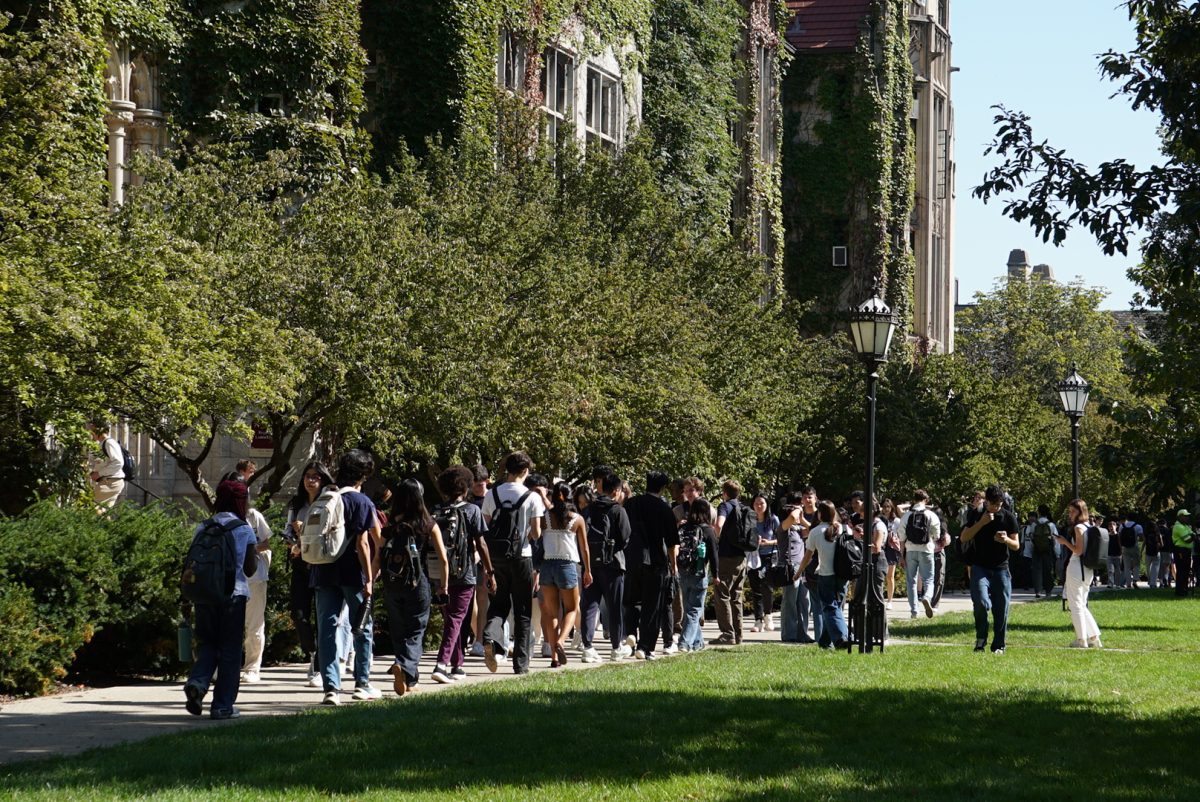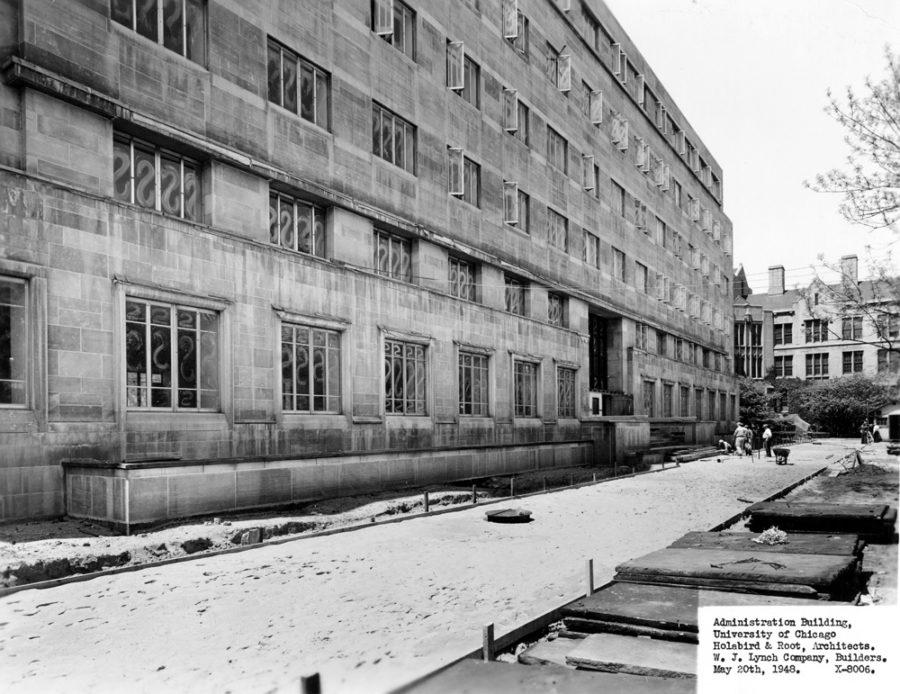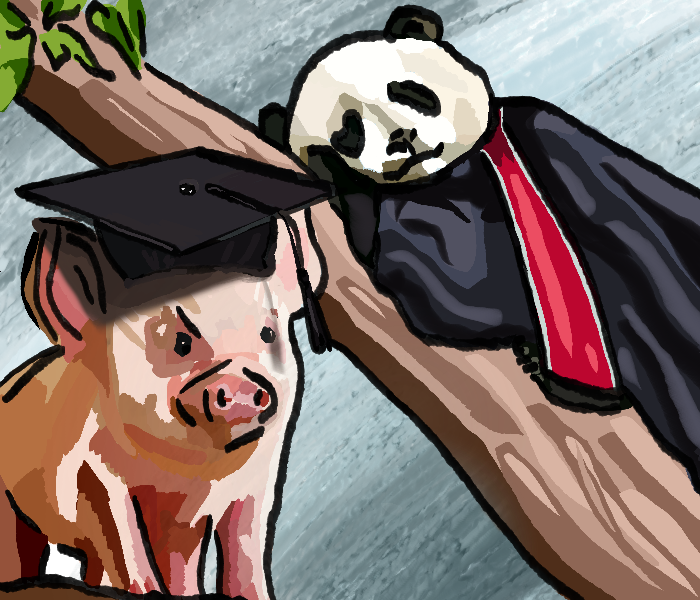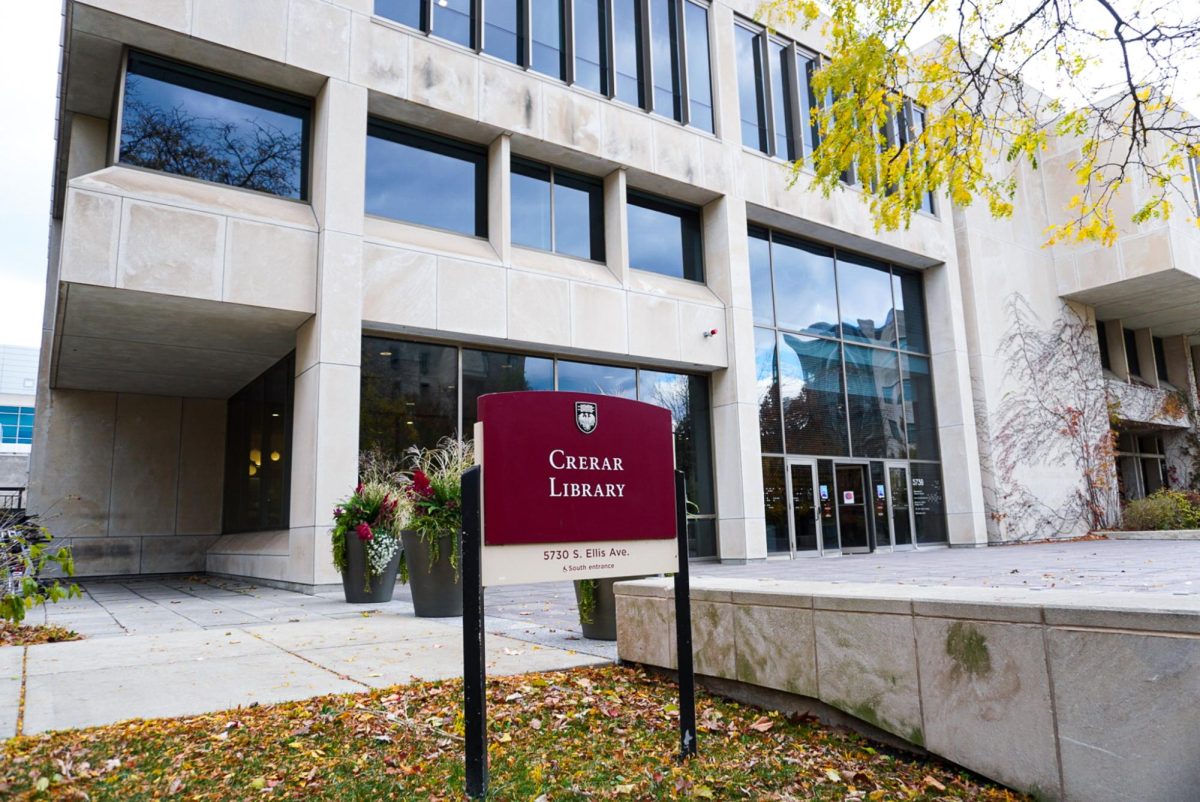Spring is here and the grass is finally starting to look a little greener. But this is not all that is turning green here at the University of Chicago. The University itself is making remarkable strides towards improving its overall environmental sustainability. The efforts of the Green Campus Initiative (CGI), a group dedicated to improving the University’s sustainability, has had remarkable success, especially in relation to the University Dining Services and the University Facilities Services. Both have proved willing to listen to, to meet with, and to work with CGI to achieve its goals. The University Dining Services, run by Aramark, committed to purchasing organically grown produce. The University Facilities Services is working to improve energy efficiency in campus buildings and even improve campus recycling.
While these may not seem like major strides to all you cynics out there, they evidence a commitment to improving the sustainability that GCI thought absent from the University of Chicago. This shift towards campus greening complements the ongoing efforts of the University to attract quality students, improve its image, advance scientific and academic ideas, and cut costs.
Universities and colleges around the country are being forced to compete for top-notch students; here at Chicago, we are not immune to that trend. We use our new dorm, new dining hall, and new athletic center to compete with other universities for students. Why not also use campus sustainability? It would be ridiculous, of course, to suggest that having a green campus would be the deciding factor for most students. But for students torn between the U of C and some other school, a commitment to sustainability may provide just the needed hook.
Any good public relations department should recognize that investing in campus sustainability can be a useful tool in recruiting applicants. As a school known for its academic excellence and rigor, the University has a less-than-stellar reputation in terms of community relations. Here is a chance for the University to redeem itself—and to continue its leadership in innovation and thought. Investing in sustainability demonstrates the University’s sense of responsibility for the future—a common future—that extends beyond the ivory tower.
Making an investment in campus sustainability now will allow the University to assume a leadership role in this growing movement. The University has long advanced innovative academic work—why not promote sustainability? The shift to a sustainable future needs all the resources that the University can offer. By investing in a sustainable future, the University demonstrates its continuing dedication to advancing novel academic and scientific ideas.
Of course, this may not matter to some members of the University community, who take pride in not comparing the University to other schools. But to those, I have another argument: economics. Not even a Chicago economist could dispute that environmental sustainability, in the long term, will save money. Certainly, this is why the University Facilities Services is our ally; one need not be inclined towards environmentalism to recognize the economic benefits of pursuing sustainable and energy efficient building choices.
Despite successes, and the obvious appeal of achieving campus sustainability, efforts have not attracted the full support of the University. CGI still lacks support from the University administration. This piecemeal approach has achieved remarkable breakthroughs, but greater strides can only be achieved through University-wide coordination and support for sustainable policies. This level of coordination cannot be achieved without the support of the administration.
And so CGI turns to you, the University community. Through your actions you can express an interest in campus sustainability. Simple actions are all that are required. Turn off the lights. Save paper. Recycle more. Buy organic food. Personal habits and choices can and do have an impact on the environment. Through individual efforts, you can demonstrate that there is strong student support—and economic incentives—for investing in campus sustainability. If CGI achieves its ends, you won’t have to wait throughout the dark winter to see a little bit of green. The University will be green all year round.






